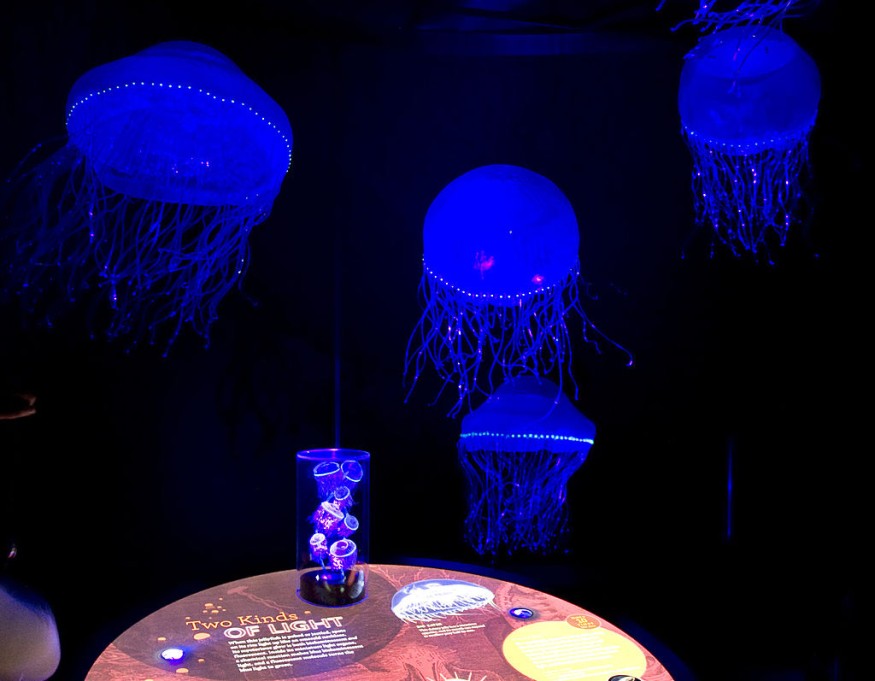Bioluminescence is one of the most spectacular features of nature, and it has also paved the way to be integrated into our modern lighting technology.
Now, a town in France is subject to ongoing lighting through bioluminescence from bacteria.
Light from Bacteria

The French town of Rambouillet became a site of a lighting experiment by the Glowee company which presented its bioluminescence project at the La Lanterne performance hall last year.
The purpose of the company's project was to light street furniture, shops, monuments, and public roads, as per the website of the Rambouillet Town Hall.
Currently, the project continues as the tree-lined Place André Thomé et Jacqueline Thomé-Patenôtre, just across the La Lanterne will be illuminated with light soon, and it will be most visible during evening hours.
The project took off after a contract was signed in September 2021 between Rambouillet and the company with the objective of creating a bioluminescent public site for two years.
Last year, a COVID-19 vaccination center in the town was reportedly among the first to experience the lighting technology as a blue light emanated from cylindrical tubes.
Other bioluminescence experiments are also underway in France, including at the Charles de Gaulle Airport or Roissy Airport that is serving Paris, as per the BBC.
What is Bioluminescence?
According to the National Oceanic and Atmospheric Administration (NOAA) - National Ocean Service (NOS), bioluminescence is a light produced and emitted by a living organism.
This is made possible as a result of chemical reactions of energy taking place in the creature's body.
Bioluminescent creatures can be mostly found in marine ecosystems, from the seafloor all the way to the ocean surface.
A bioluminescent organism is not as rare as one might think, and a number of animals consist of bioluminescent species, said the NOAA - NOS.
Although the purpose of this biological feature is still a mystery, the US ocean agency emphasized bioluminescence is used as a means to detect, evade, warn, or lure predators, as well as a method to communicate with other members of their species.
Bioluminescent Creatures
The said chemical reaction responsible for producing bioluminescence involves two unique chemicals: luciferin and luciferase or photoprotein, as per the National Geographic.
Luciferin is said to be the actual compound that produces light during the process.
However, the variation in bioluminescent color is caused by the arrangement of the molecules of luciferin.
To name a few, bioluminescence is found among the animal kingdoms such as algae, bacteria, crustaceans, fish, jellyfish, sea stars, sharks, and worms.
Some of the most notable members of this category are the anglerfish, railroad worm, comb jelly, firefly squid, brittle star, hatchet fish, fireflies, foxfire, glow worms, and bioengineered mice, as per the National Geographic.
Potential Lighting Technology
The ongoing project in Rambouillet highlights the potential lighting technology from bioluminescence and the possibility of harnessing it to light towns and cities.
This is especially useful in remote areas of the world; as well as in communities where power lines are unable to reach, resulting in a permanent state of a power outage.
Related Article: Evolution of Bioluminescence May Be Surprisingly Predictable
© 2025 NatureWorldNews.com All rights reserved. Do not reproduce without permission.





